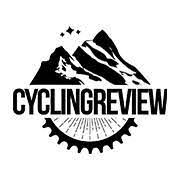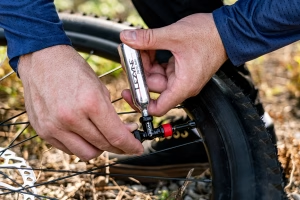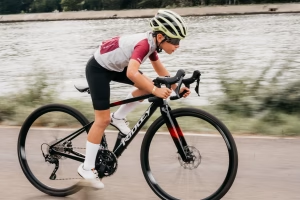Last Saturday (5 April 2014), Marten the Tour of Flanders tour cycled. A day of fantastic weather over legendary cobbled lanes, hills and a hill with cobblestones, in one of Western Europe's most beautiful regions.
Cycling on cobblestones
In the flat and well-organised Netherlands, we asphalted all the cobblestone lanes long before I was born. Everything I thought a cobbled lane would be was based on the pebbles that line the Oude Gracht in Utrecht. This expectation made me get the shock of my life after 11 kilometres of rolling asphalt. 800 metres long is the Ruiterstraat and I will tell you that this cobbled stretch, and the ones that followed, more than exceeded my expectations. The shocks, the hits, the creaking carbon of my bike and the bikes around me, the punctures, cursing riders, dodging water bottles flying across the road. I didn't care, I loved it! I felt like they had put those stones there hundreds of years ago just for me. By the end of the day, the blisters were on my hands, but I could laugh about it.
Care
The tour version of the Tour of Flanders is a pricey tour, but you get a lot in return. There are plenty of ravitailling points, where there is also more than enough food and drink. On a day with so much exertion, it's important to eat enough, and that opportunity was there: bananas, bars, dried fruit, biscuits, Liege waffles and more functional treats were at our disposal, so there was no reason to end up with a hunger pang.
There was also a Shimano maintenance tent at every ravitailling point, and although I fitted my beautiful Italian bike with Campagnolo components, they were kind enough to take a look at my bike when my derailleur started acting up after 100 kilometres or so. After an urgent request for my next bike to be Shimano-fitted (which fell on deaf ears), I was able to get on again. For which eternal thanks!
Koppenberg and Paterberg
There are 16,000 participants from all corners of the globe taking part in the event. This makes for a great atmosphere; for example, I spoke to Americans, Danes, South Africans and lots of Dutch people. The high number of participants also means that it is crowded in places where it gets tricky. I myself, for example, had to drop out on the Paterberg and Koppenberg because people fell over and couldn't cycle up the climb. Hugely frustrating for me and especially embarrassing for the participants in question. The fact that I was forced to click out of the pedals at these two legendary cobbled climbs at least means that I will come back at a quieter time.
Length of ride
Although the ride is 134 kilometres on paper, my friends and I sat down to a cold one after only 130 kilometres Kwaremont 6.6% in Oudenaarde. The top of the Paterberg was already after 118 kilometres so the duration of the effort was rather disappointing. Still, I had trained quite well to sustain the effort, but the next day we even made small rounds in the area again, while I had expected that we would not be able to walk any more, so to speak. If we had wanted a slightly tougher course, it was not immediately possible this year. We could have signed up for the 245km version, starting from Bruges, but this was both logistically and physically and too big a challenge. Tip for the organisers: Add a course of about 170 kilometres to make it attractive to the more trained cyclists. For example, a loop to Geraardsbergen to climb 'De Muur' would be a nice addition.
In short
The Ronde van Vlaanderen Cyclo is a great well-organised event with top quality ravitas, lots of volunteers and signallers, a passionate crowd, a unique course and, this year at least, great weather. This cyclo is definitely recommended for the average trained cyclist who wants to cycle the world-famous course of the Tour of Flanders for once.





